Common Ragweed
- Composite or Aster (Asteraceae family):
- Ambrosia artemisiifolia L.
- EPPO code:
- AMBEL
- Other names:
- Short ragweed
Species information
- Lifecycle:
- Annual
- Propagation:
- Reproduces by seed, unisexual.
- Emergence:
- Most seedlings emerge from early spring to early summer.
- Range and habitat:
- Most common in southern and central regions of Eastern Canada, establishes in all soil types.
- Competitiveness:
- Extremely competitive at high densities. In field crops yield losses can approach 90%.
- Resistance:
- Populations resistant to Group 2 (for example, imazethapyr), Group 5 (for example, atrazine) and Group 9 (for example, glyphosate) herbicides exist in Ontario.
Identification clues
Leaves
- Cotyledons:
- round or orbicular with short petiole and fleshy appearance.
- Young leaves:
- first two leaves are divided into 3 lobes.
- Mature leaves:
- Opposite leaf orientation, except towards the end of branches where they may be alternate; deeply divided, densely hairy but short hairs.
Mature Plant
- Stem:
- Erect, hairy and branched; up to 1.5 m in height.
- Flowers:
- Male and female flowers exist on separate flower heads. The pollen producing male flowers are most visible and resemble upside down bowls. The seed producing female flowers are below the male flowers and located in the leaf axils. Flowers from August to October.
Often mistaken for
I know it's not Wild carrot because Common ragweed has round cotyledons compared with the extremely narrow cotyledons of wild carrot. The leaves of wild carrot are more finely divided than common ragweed and have a distinctive smell when the plant tissue is crushed.
I know it's not Biennial wormwood because comparing the leaves of each plant will make their differences obvious. The leaves of common ragweed are hairy and have rounded edges whereas biennial wormwood leaves lack hair and have sharp edges.
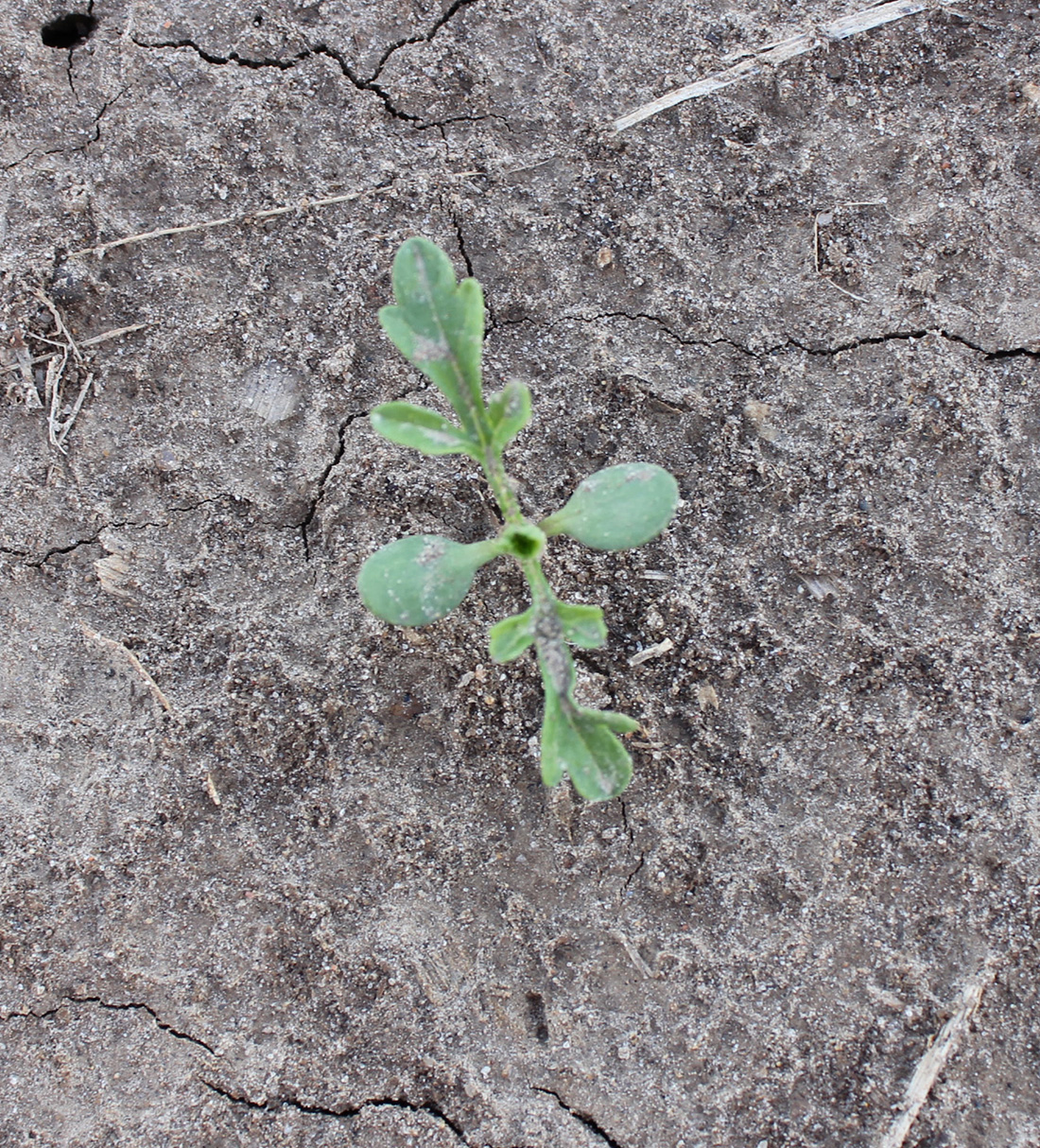
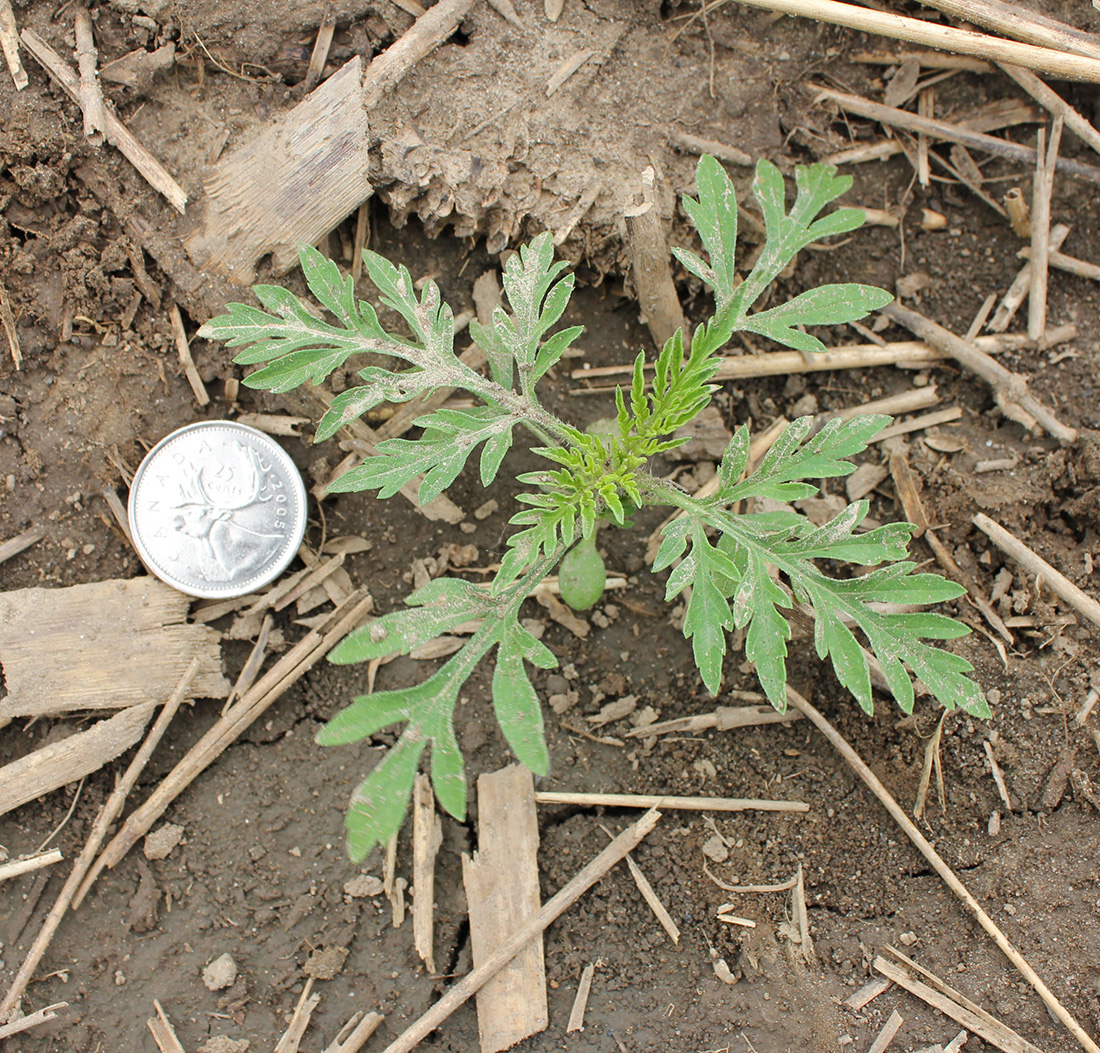
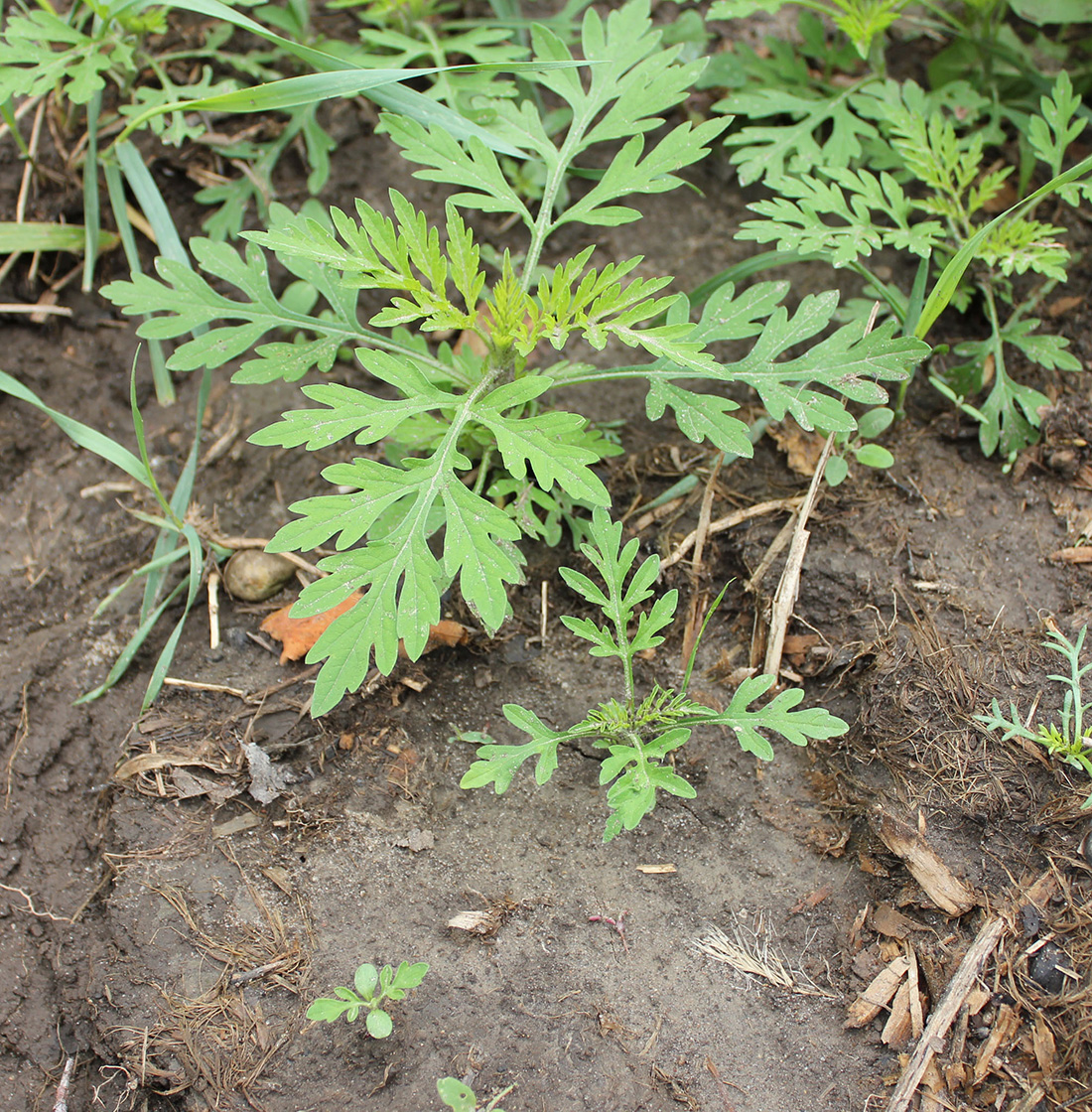
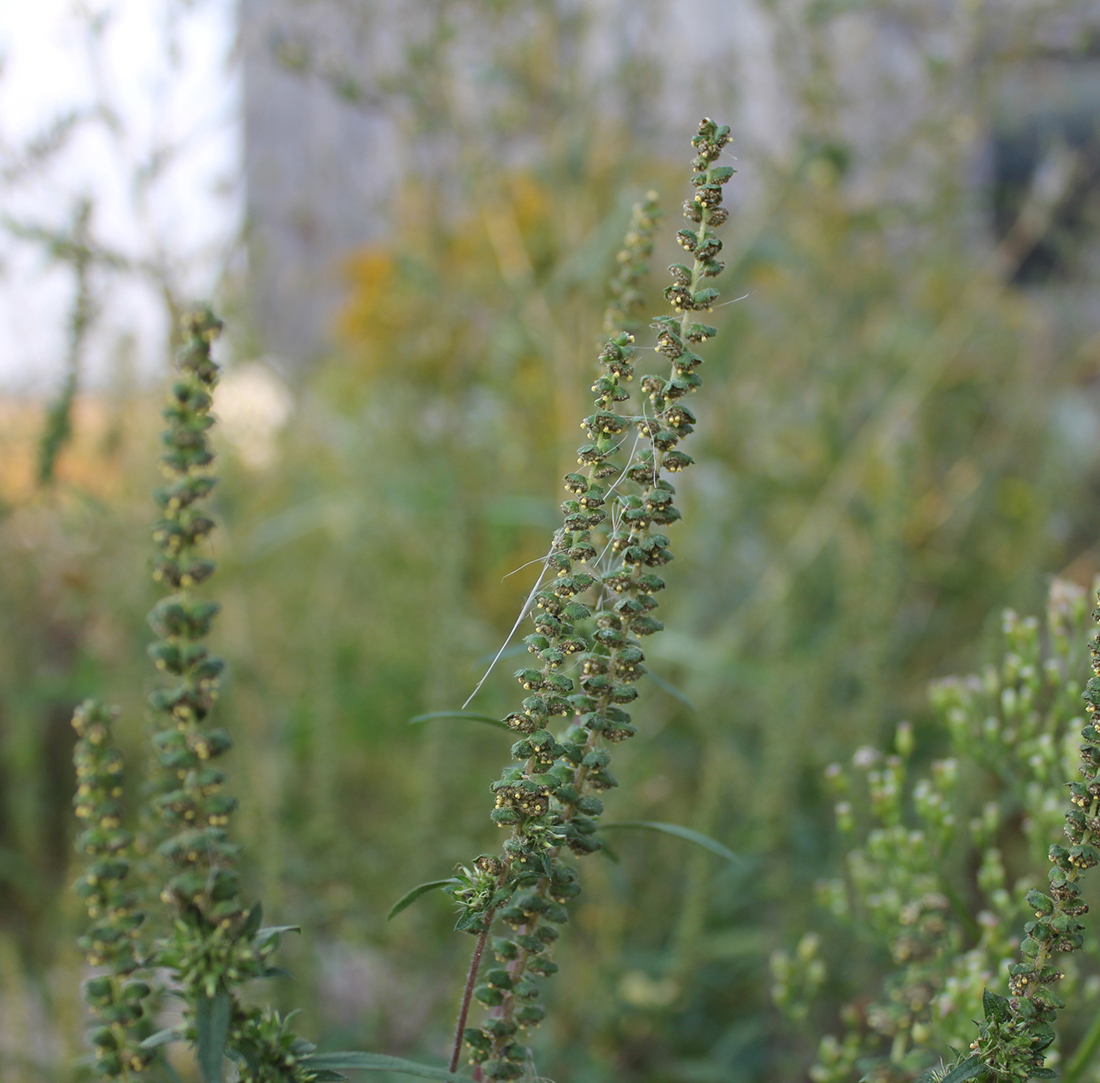
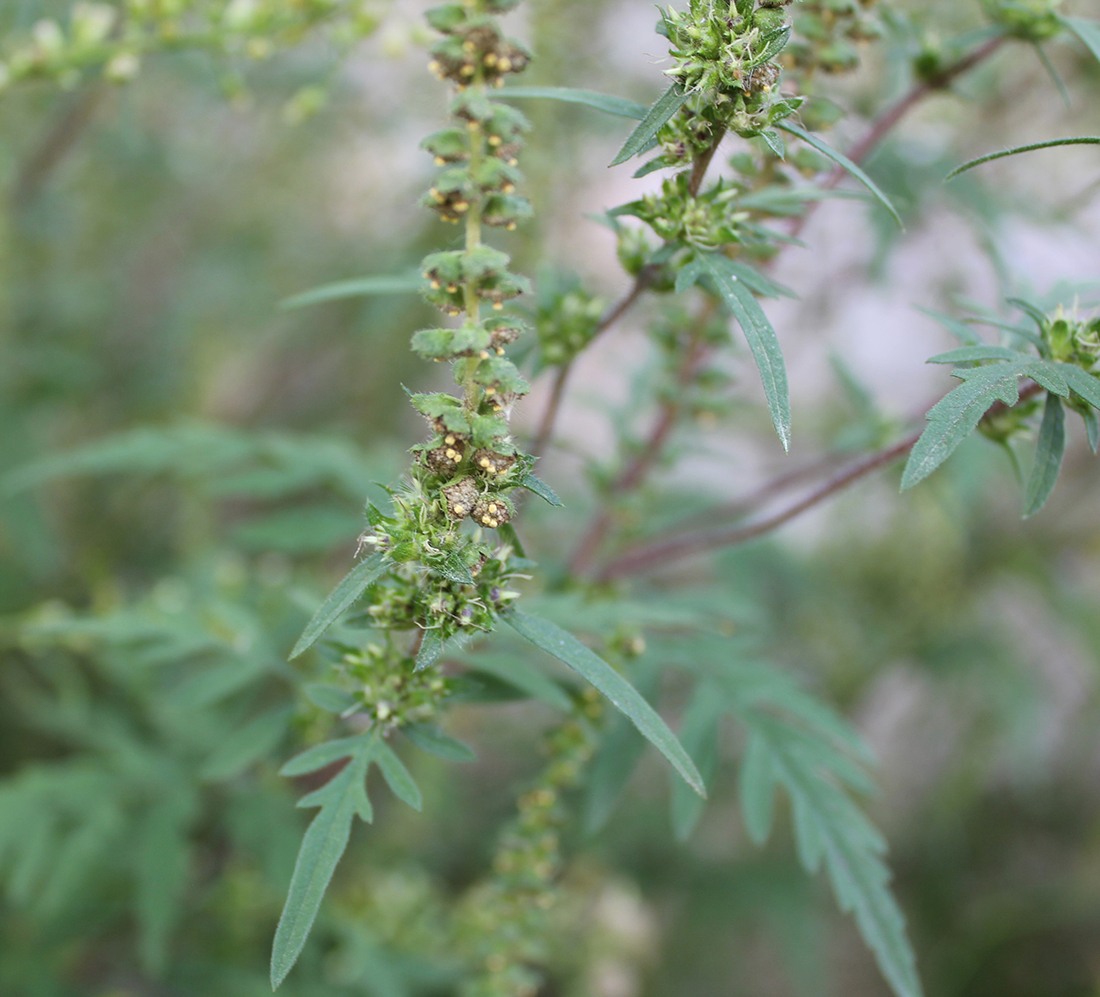
Updated: January 13, 2023
Published: January 13, 2023